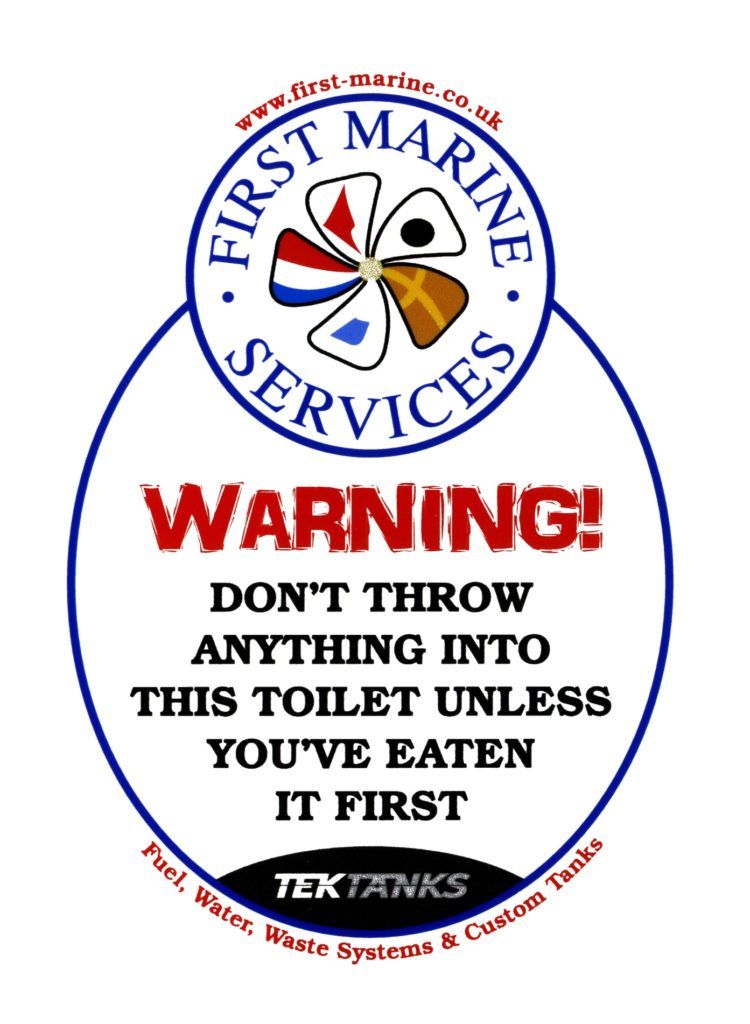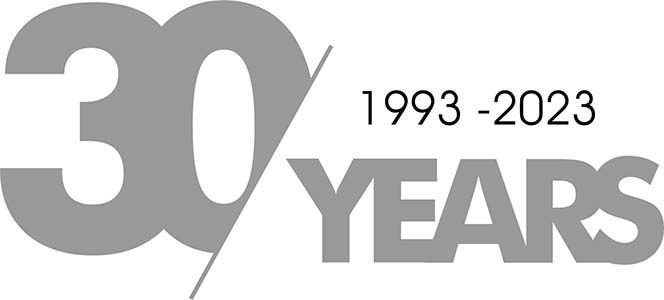Never put anything into a marine sanitation system that is not specifically marketed for that purpose. Do not use detergent, washing up liquid or other cleaners, especially cleaning products which contain pine oil, petroleum, or alcohol. Those substances will break down the seals, gaskets, and valves in the system, and will also break down the walls of the hose, causing it to be more susceptible to permeation. Above all, do not pour vegetable oil down the head to “lubricate” the parts. A layer of oil on the sewage will only seal the contents of the tank, keeping air out of it. Follow manufacturers’ recommendations for periodic maintenance and lubrication.
At least once every two years, put a complete rebuild kit in your toilet as part of your regular spring re-commissioning; if you lay your boat up every winter, we suggest doing it every year. When seals, gaskets, valves and impellers dry out they become brittle and prone to crack. By replacing them regularly you all but eliminate the possibility that you will have to make emergency repairs to the toilet.
Although it’s impossible to predict someone putting something down the toilet that’s too large to pass through, a well-sealed pump that’s working to factory specifications can often push a borderline object through that a worn system can’t.
Marine toilet paper is designed to virtually dissolve in your hand. (The cheapest “no-name” single-ply paper at the grocery store is the same thing as “marine” toilet paper, and it’s a whole lot cheaper!) Just don’t put anything else down the toilet.
Tek-Tanks supply a range of chemicals to keep your toilet and pipes clean and your holding tank in tip top condition.



